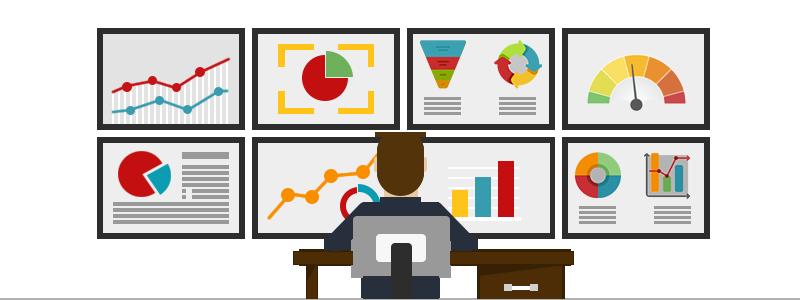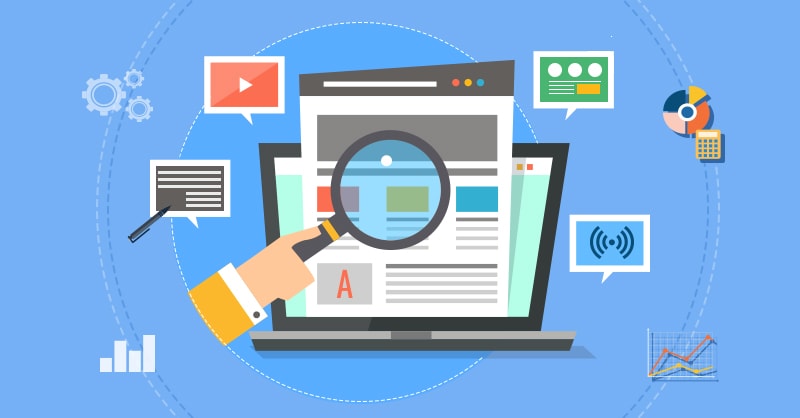Sanitary and epidemiological welfare of the population is provided by the whole system. And this is not surprising - because health, satisfaction and many other social moments depend on it. Social and hygienic monitoring is the leading activity of the Federal Service for Supervision in the Sphere of Consumer Rights Protection and Human Well-Being. It is of great importance.
Introductory information
Social and hygienic monitoring is a state system for monitoring the health of the population, as well as the state of the environment. The data are analyzed, evaluated, forecasted, and the presence of cause-effect relationships between human health and the state of the environment that influence factors is determined. This Regulation of the Government on Social and Hygienic Monitoring No. 60 of 02.02.2006 regulates. According to this document, the system should provide:
- Identification of factors that have a harmful effect on people, as well as an assessment of their scale and consequences.
- Determination of long-term and urgent measures to prevent and eliminate the influence of negative environmental factors on the health status of the population.
- Development of proposals to make profitable decisions to ensure the well-being of people.
- Informing the government and local authorities, the population and organizations about the results of the monitoring.
Received Data

The system of socio-hygienic monitoring monitors these important points:
- The state of public health. Personalized data on morbidity among people are being collected.
- Environmental factors. Among them, social (living standards, living conditions, medical support), physical (vibration, noise, infrasound, ultrasound, ionizing and thermal radiation, etc.) and biological (bacterial, parasitic, viral) are distinguished.
- The radiation environment.
- Sources of environmental impact that have an anthropogenic impact. Of interest from this point of view are atmospheric air, groundwater and surface water, soil.
- The structure and quality of purchased / grown food, the safety of food products used for the health of people who consume them.
When working in these areas, the system of socio-hygienic monitoring solves a number of important tasks.
What do experts do?

What bodies carry out socio-hygienic monitoring? First of all, we should recall the Federal Service for Supervision of Consumer Rights Protection and Human Well-being. It covers absolutely everything. But some points can be observed by other services. For example, environmentalists monitor the environment. Rescuers monitor the content of harmful elements. Doctors can get information about the state of public health. Ultimately, all specialists perform a certain set of works:
- Observe environmental factors.
- Form indicators characterizing the state of public health.
- Predict changes.
- Organize and conduct scientific and practical work.
- Assess the risk to public health.
What do they do with the data?

A relationship is established between health indicators and individual environmental factors.Subsequently, priority areas can be identified and their hygienic ranking carried out. New requirements are being put forward for the collection of information and analysis of the received data, the process of their receipt is unified, new database administration tools, telecommunication and geoinformation technologies are being introduced. Observation, assessment, forecasting is carried out. All efforts are directed to work with the deterioration of the health of the population in order to improve living conditions. This includes the development of a full-fledged complex of health-improving and preventive measures, the task of which is to prevent and eliminate adverse effects on the human body. The provision on socio-hygienic monitoring allows you to learn more about all this.
Pursued goals
What is the desired end result? If we turn to the regulatory and regulatory documents, we can conclude from them that the main goal, for which socio-hygienic monitoring of public health is carried out, is to identify risks that may affect it, as well as the development of measures aimed at reducing, eliminating and prevention of negative factors. But not only this has to be guided.
About tasks

One goal is not enough. It is also necessary to remember about the tasks of socio-hygienic monitoring:
- Organization of monitoring the state of health of the population, its environment, living conditions.
- Obtaining information that is necessary for the implementation of the monitoring goal from ministries, departments, local administrative and executive bodies.
- Identification of factors that have a harmful effect on people. At the same time, the emphasis is on identifying causal relationships between the effects of environmental factors and health status.
- Interagency collaboration is coordinated to produce greater and better results.
- Programs for ensuring sanitary and epidemiological well-being, health protection, disease prevention, and environmental improvement are justified, developed and implemented.
- Prediction of public health.
- Engineering and software for the monitoring process, based on the capabilities of modern scientific solutions.
- Informing citizens, legal entities and government agencies about the results that were obtained during monitoring.
Risk assessment
So what's next? The indicators of socio-hygienic monitoring are obtained, then the turn of risk assessment begins. This process consists of several stages: hazard identification, exposure calculation, determination of the dose dependence of the effect. And this list closes the calculation of a specific risk. Let's look at each item.
Hazard identification
In this case, it implies taking into account factors that can adversely affect human health. An analysis of the environmental situation, as well as registration and fixing of chemicals found in the territory, is something that always needs to be started. Sample environmental studies can be carried out to identify those dangers that are, but have not previously been addressed. At the same time, a bet is placed on the qualitative aspect.
Impact calculation

Or impact assessment. At this stage, the actual level of distribution and absorption of the toxic substance by a certain set of individuals is determined. The calculation is carried out in the mass of the substance absorbed per unit time, or as a dose in relation to body weight. In this case, there are three sub-stages.
At the first, a characteristic of the environment is formed. It provides an analysis of the basic physical parameters that are present on the territory.These are hydrogeological conditions, soil type, climate, vegetation and the like. It also characterizes populations that are potentially susceptible to harmful influences. This is the location of residential areas, place of residence, demographic composition, activities.
The second part provides for the identification of routes of exposure, as well as potential pathways of distribution, that is, how the substance moved from the source to the affected organism. At the same time, attention is paid to the release mechanism, the distribution medium, the place of potential contact, the type of penetration (with air, food, and water consumption).
And the final part is the quantitative characterization. In this case, the magnitude, frequency and duration of exposure are established and evaluated. The acting concentration is estimated and the amount of substance intake is calculated.
Final stages
Social and hygienic monitoring after obtaining the necessary data provides for the identification of:
- Dose dependent. It is experimentally determined at the level of clearly acting and fairly high values. Real threat assessment is carried out using the extrapolation method. For this, as a rule, two models are used. After determining with a specific approach, calculations are carried out.
- Risk assessment. It assumes a generalization of the results obtained in the previous stages. There is a quantitative analysis of the magnitude of the risk, and a characteristic of uncertainty, which is associated with the assessment process. This stage makes it possible to foresee a possible adverse effect on the human population, determines acceptable exposure levels and often contains recommendations for eliminating negative aspects.
About systematic

It is important to note that this subject must be considered as integrity. Otherwise, the concept of socio-hygienic monitoring will not be respected. Hygienic diagnostics at the proper level allows you to identify threats. But if there are no adequate actions to put the situation in order, then everything turns out to be an empty pastime. If you do something, not having an idea of needs, then it may turn out that everything was in vain.
About the principles
The concept under consideration contains the following principles:
- Completeness and complexity.
- Development.
- Realism.
- Efficiency.
- Manufacturability.
- The single entry of information and the multiple use of it.
- Credibility.
- Modernity.
- Information security.
- Typing.
About the risks

What threats await humanity? Social and hygienic monitoring distinguishes:
- Aggregated risk. Displays the probability of a harmful effect if one chemical substance enters the human body.
- Individual risk. It involves assessing the likelihood of a specific adverse effect in humans.
- Carcinogenic risk. Displays the likelihood of developing malignant neoplasms throughout human life.
- Cumulative risk. It is used to display the likelihood of a certain harmful effect due to the simultaneous intake of chemicals with a similar mechanism of action.
- Population risk. This is an aggregated measure that reflects the expected frequency of adverse effects among affected people.
- Acceptable risk. Displays the likelihood of adverse effects that do not require additional measures to reduce them and are assessed as independent and insignificant, are present in everyday life and activities of the population, without causing inconvenience.
- Environmental risk. Displays the probability of the occurrence of an event that will entail adverse consequences for the natural environment, which is caused by the negative impact of economic or other activities.
Now it is clear what it is - social and hygienic monitoring.
